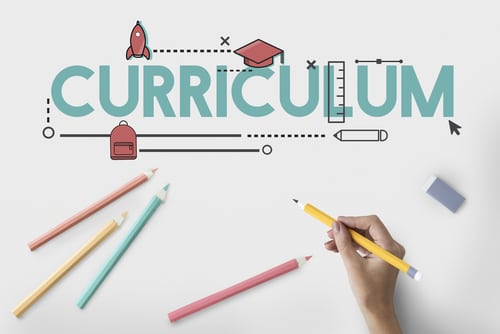 a pencil against a page with the word curriculum." width="500" height="334" />
a pencil against a page with the word curriculum." width="500" height="334" /> a pencil against a page with the word curriculum." width="500" height="334" />
a pencil against a page with the word curriculum." width="500" height="334" />
When developing quality curriculum, clearly articulated goals and objectives are the key to success. Understanding what students should learn each school year and course allows curriculum designers to plan effectively for day-to-day learning as well as for long-term learning, such as over the course of a school year, K-12 experience, or degree program.
Goals are the broad, general statements that indicate desired long-term outcomes. Standardizing goals, such as with state standards or governing body standards, ensures that all students are prepared for their next stage of learning or life, regardless of teacher or school. Goals are designed to be met by all students after they complete a full course or grade level.
Objectives are the specific, measurable expectations that indicate what students should be able to know or do as they work toward a curriculum goal. They can be described through what students are expected to learn (learning outcomes), what students will produce through a learning experience (learning products or learning performance), or what students will do (learning activity).
Articulating your goals and mapping out measurable objectives requires a deep understanding of your students and your subject matter. Implementing these goals and objectives can be an even bigger challenge. But keeping them in mind as you plan all of your students’ learning experiences will help all of them reach their learning goals.